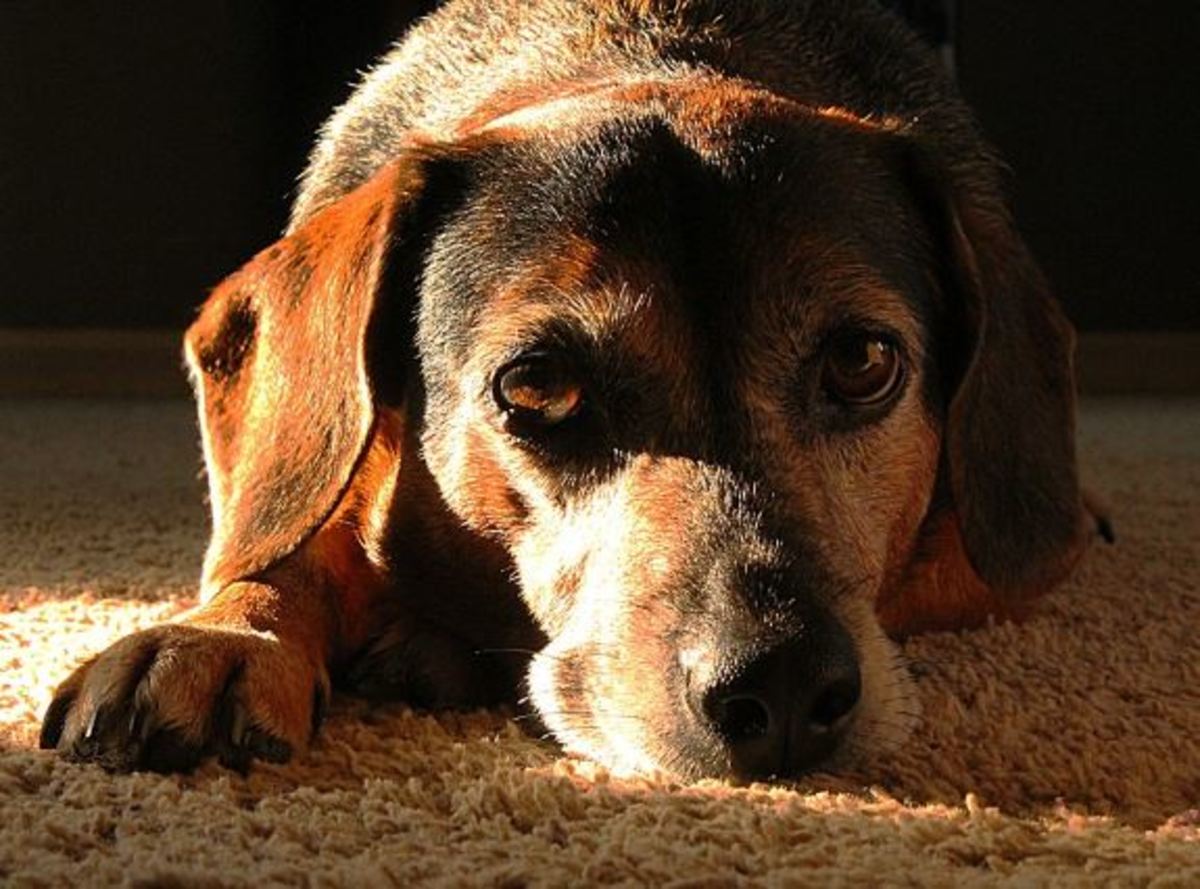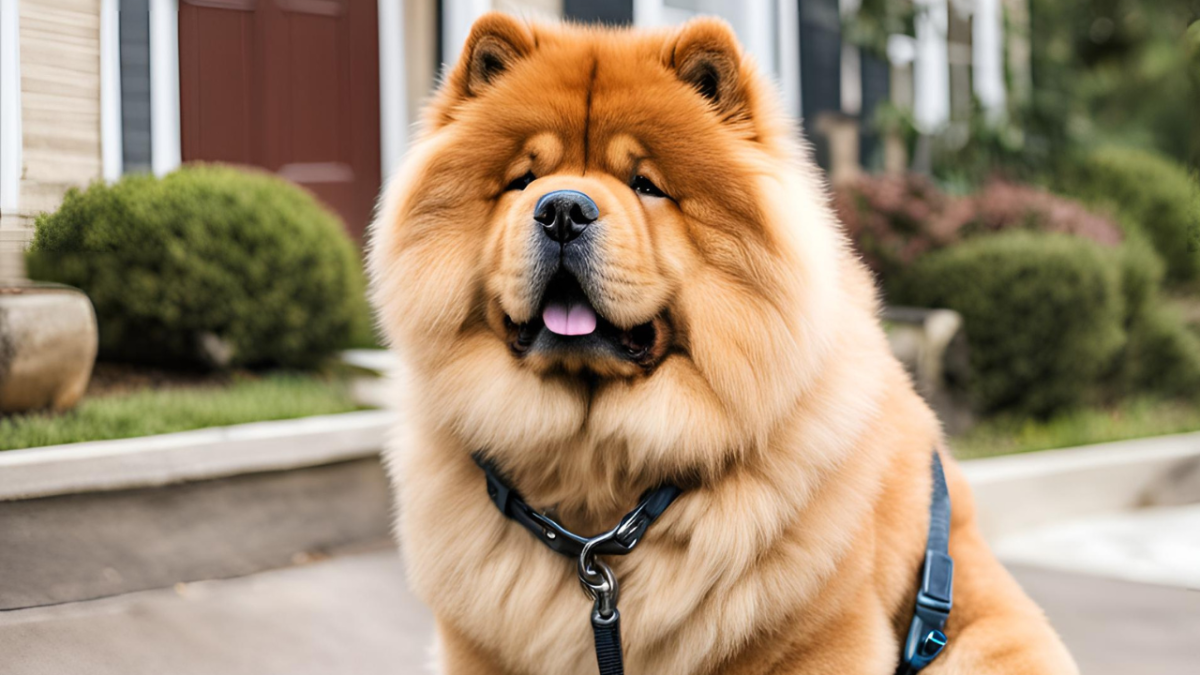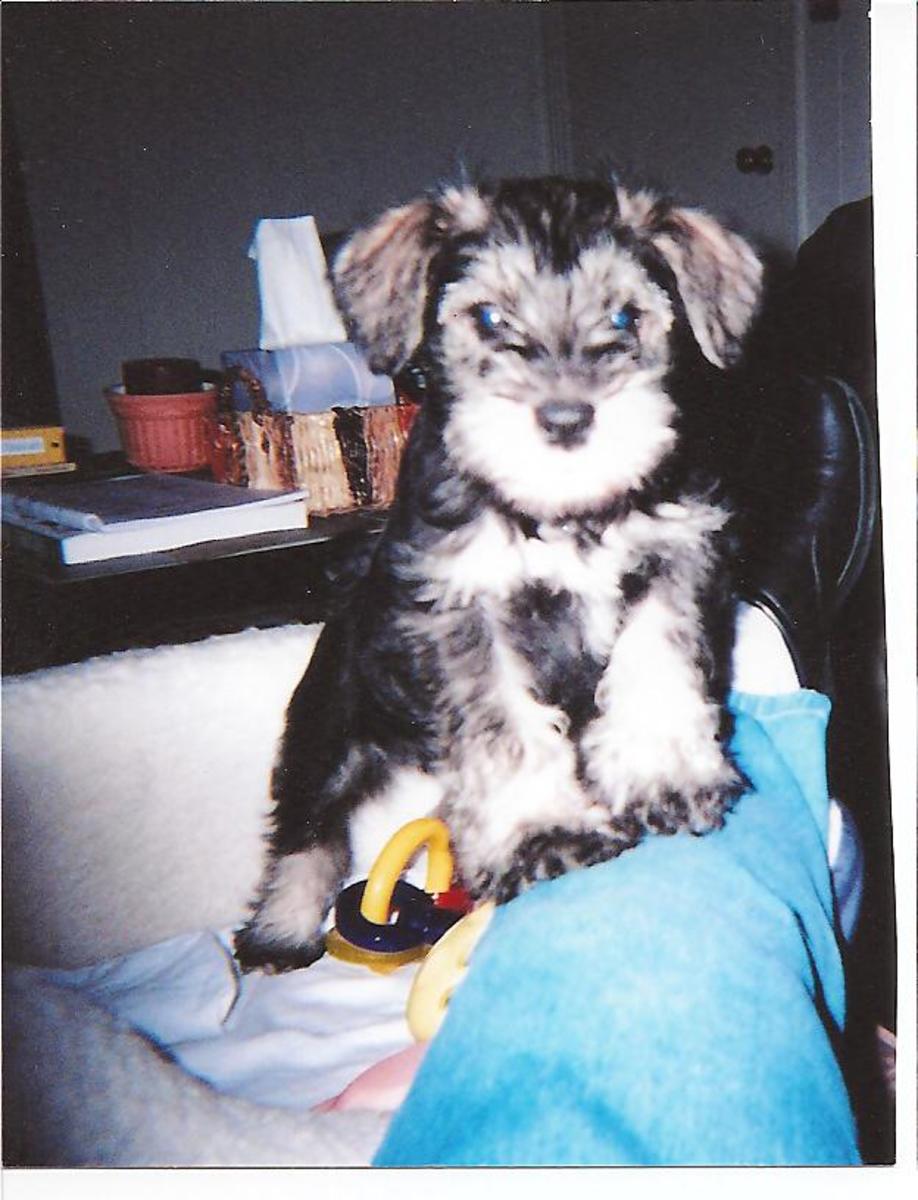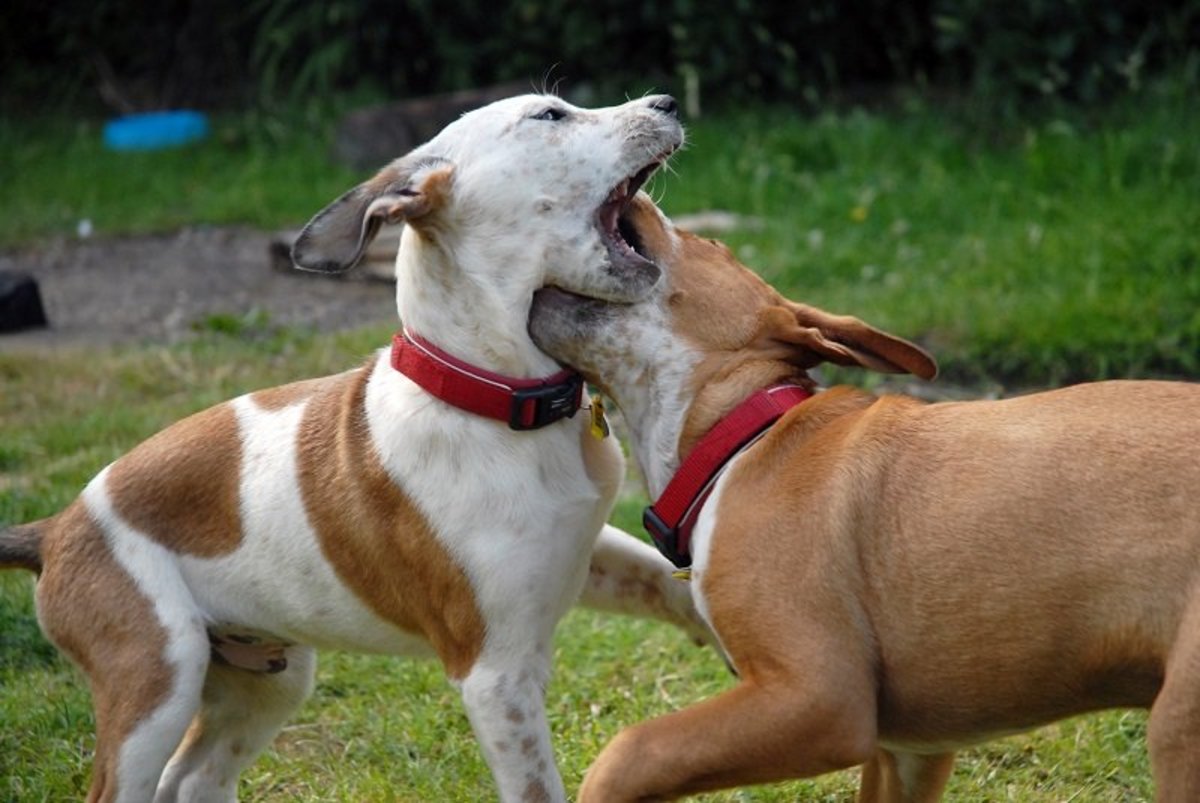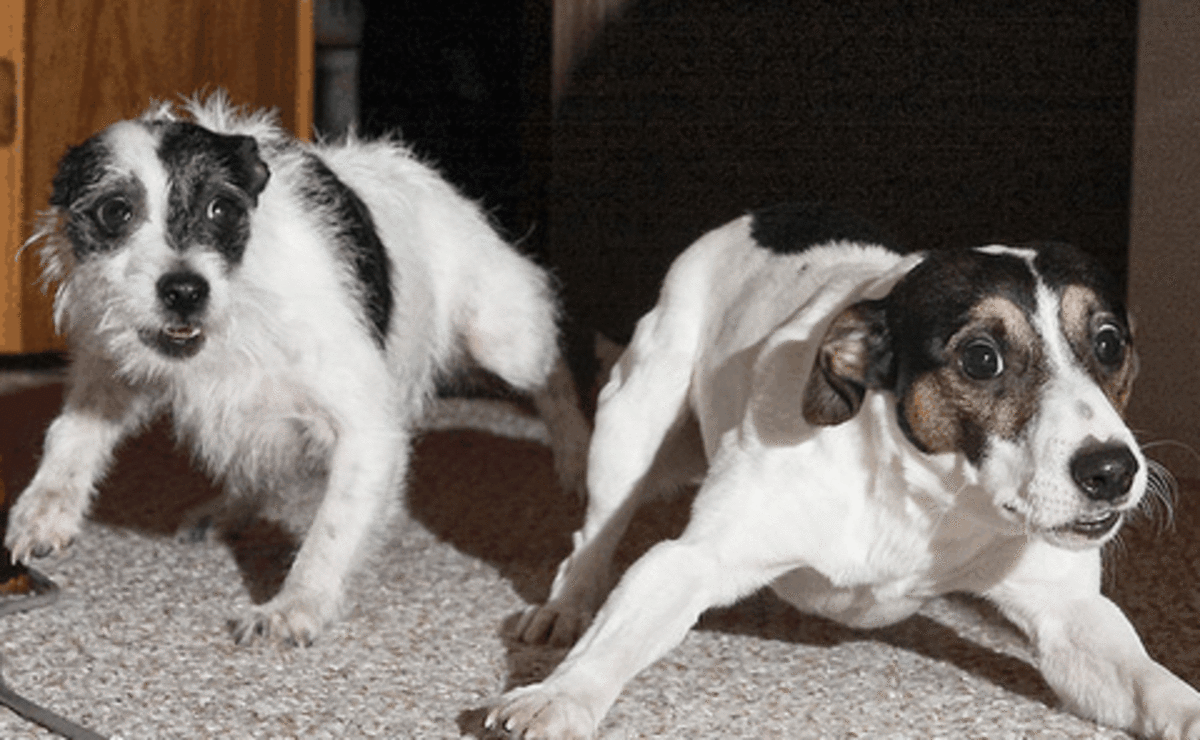Why are Rules Good for your Dog?
Does your dog have rules for you? No! Are you sure? Let's see, do you ever add a little grated cheese or gravy to your dogs food, or lift his muddy, wet body into the car at the end of the walk because he is just too tired to hop in by himself. Does he have his own special spot on the sofa, or on your bed? Does he prefer a quick game of chasies around the kitchen table before you are allowed to put his lead on, or does he have a special bark that lets you know to open the fridge and fetch him some ham, maybe he takes you for a walk or expects you to keep up as he disappears into the distance when you let him off his lead? If so, I'm sorry to say, but your pooch has got you very well trained.
If you let your dog please himself all day, then don’t be surprised when he pleases himself!
Does it Really Matter?
So, your dog has you wrapped round his very cute little paw, does it really matter? After all, you got a dog so you could love and spoil him, didn’t you? So what if your little Prince has a special spot on the sofa, that’s not so bad, is it?
Actually the good news is that it's fine, as long as he is otherwise a well behaved and well-mannered pup, many are and will enjoy the treat, but often that is far from the case. For many dogs, this is just one in a long list of bad habits that has led the dog to believe he is the lord of the manor, and you, the servant he has skilfully trained to tend his every whim!
The problem is, that when you live with this little fellow, he makes up his own rules and while he is in charge, as far as he is concerned, you have no business telling him what to do and this attitude will seriously affect all aspects of his behavior and in extreme cases can cause anxiety and even aggressive behavior.

When surveyed, 35% of dog owners admitted that their dog had shown antisocial behaviour towards people.
— The Kennel Club, February 2014Is it Time to Add a Few Rules to your Routine?
The bossy dog might bark incessantly at callers to the front door, regardless of how much you shout at him to stop, or maybe he goes one step further and guards the entire cul-de-sac. This type of behaviour works well for most dogs as nothing bad happens afterwards, so just because you are fed up with it, this is not sufficient reason to stop.
Maybe he disappears whenever you let him off the lead and won’t come back until he has played with every dog in the park, this is, of course, much more fun than anything you have to offer. Or, maybe he cries after you when you leave him on his own, the dog that pleases himself won’t be happy when one of his people leaves the safety of the den.
All these problems, and many more, could be improved or solved simply by adding a few rules to your dogs daily routine, in fact, knowing that he doesn’t have to make the rules any more is actually quite liberating for many dogs.
Read on for a few of my favourite rules and a little guidance on how to integrate them into your routine.
Problem Behaviour's Often Caused by a Lack of Rules
Toileting in the House
| Guarding
| Begging
|
Fussy Eating
| Attention Seeking
| Jumping Up
|
Pulling on the Lead
| Poor Recall
| Toy/Food Guarding
|
Not giving up Toy
| Snapping
| Growling
|
Stealing Food/Objects
| Difficulty Putting on Harness/Lead
| Grooming Problems
|
Almost any problem could be caused by a lack of rules, but here are a few of the more obvious ones.
Rule #1 – Must Sleep in his Own Bed
This one will take a bit of patience, especially if Woofers has been used to the couch or your bed for a while, but it is definitely worth it and once you have it mastered, you can always invite him up for the occasional cuddle or Sunday morning snooze, just be sure he knows it is a treat and not his new spot!
First of all, you will need a soft, cosy bed which is just for him, put it near the sofa or your bed, but on the floor. Now you are going to have to be super vigilant and watch, when you see him heading for or even looking at the sofa just say No, or Ach, or whatever sound you normally make. He will most likely ignore you and jump up anyway, that’s fine, you just go calmly over to him and remove him by hand, now sit in the spot he wanted, if he tries to get up next to you, say No and slide down the sofa to be in his way again, keep doing this until he gives up. Hopefully, he will lie on the lovely dog bed you have provided for him, but if he is stubborn he probably won’t the first few times.
Consistency and a calm demeanor are the key to making this work, don’t let him think you are losing patience with him and don’t let him get away with getting up – not even once, and you will have it nailed in no time!
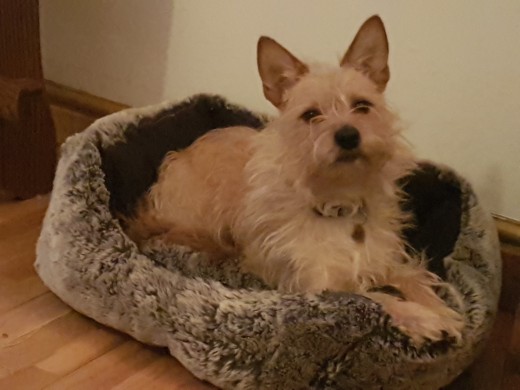
Rule #2 – No Snacking Between Meals
This is an important rule, not only for his mental well-being, but also for his physical health, so definitely worth doing.
First of all I recommend a check-up with your vet, this will put your mind at ease that he is a healthy dog, and your vet will be able to give you proper advice about what food your dog should be eating and how much. Once this part is out of the way, simply measure out a full days worth of food, and at your dogs next meal give him a portion of it, the portion size will depend on how many meals you intend to feed your dog, ie. If you want to feed him twice a day, then give him half now and save the other half for later, if he will be fed three times, then give him a third.
This article is all about rules, so we might as well squeeze in a sneaky one and insist he sits before his food is put down. Now watch him and wait, he will probably pick at it and walk off because he will be expecting it to be there later, he will also be expecting to get a few treats throughout the day so he will not be concerned about filling up. However, when he does leave his bowl, set a timer and give him five minutes to return, if he is not eating when the timer goes off then lift the bowl and take it away.
Now, you just have to be strong and ignore any attempts to beg a treat from you, this means no eye contact, don’t speak or touch him at all until he has completely given up begging. I do still recommend you offer small treats as rewards when training though.
At the next meal time, do the same as before, only this time he should be a little hungrier and, unless he is really stubborn, he will eat a little more. Don’t be too worried if he skips a few meals or picks for a day or two, your vet has already agreed he is in good health and if he is drinking plenty of water, he will be just fine.
Remember, there is no limit to the amount of attention you can give him, it's just the way in which he gets it that is important.
Rule #3 – Attention on your Terms
This is a good rule, especially if your dog is quite excitable, possessive or if he suffers from separation anxiety. To apply this rule, it is quite simple; just ignore your dog whenever he comes looking for attention, and by that I mean, don’t look at him, talk to him or touch him. The hard part is identifying what exactly is attention seeking behavior, well, it’s any behavior that leads you to give out attention, for example, some dogs are very obvious about it and jump all over you or crawl onto your lap and lick you until you pet them, or he might persistently drop toys at your feet, or bark at you until you talk to him, or maybe you can't resist laughing when he humps his teddy on the rug right in front of you. However, others have perfected the art of sidling up to you while you are watching your favorite TV programme, knowing that your hand will automatically reach out to them.
In any case, ignoring works in stages, the first step is don’t acknowledge it and take your hands away, if the behavior persists then you need to step up your efforts, so turn your head away so you are actively ignoring him, next stage is to get up and walk away and if he is still trying his best then it’s OK to just leave the room for a minute or two.
Follow-up by remembering that he wanted a fuss, and when he is behaving well and not expecting it, call him over and pet him to your hearts content.
Remember, there is no limit to the amount of attention you can give him, it's just the way in which he gets it that is important.
And Finally...
If these rules don’t suit you, feel free to come up with your own, maybe you could insist your dog sits before you throw his ball, or why not take the ‘sit for food’ rule to the next level and teach him to stay in that position until you say he can go to his food. You could make him walk to heel and sit at every kerb, or shake hands with every new person he greets. Perhaps there is a room you want to ban him from using, or you want him to travel in the boot of the car, whatever it is, be clear in your own mind what you want him to do and help him get it right until he is clear about what is expected of him.
If your dog has picked up a few bad habits, you will have to work on them separately to get rid of them completely, but at least you will know that your dog does not think he is calling all the shots now and when you say ‘No’ he will be listening and trying to learn. Also, it is important to make sure everyone is working together, dogs are quick to spot a weak link and will exploit it, so make sure the whole family agree to the new house rules and are happy with them.
Does your dog sleep on your bed?
© 2016 Caroline Brackin



